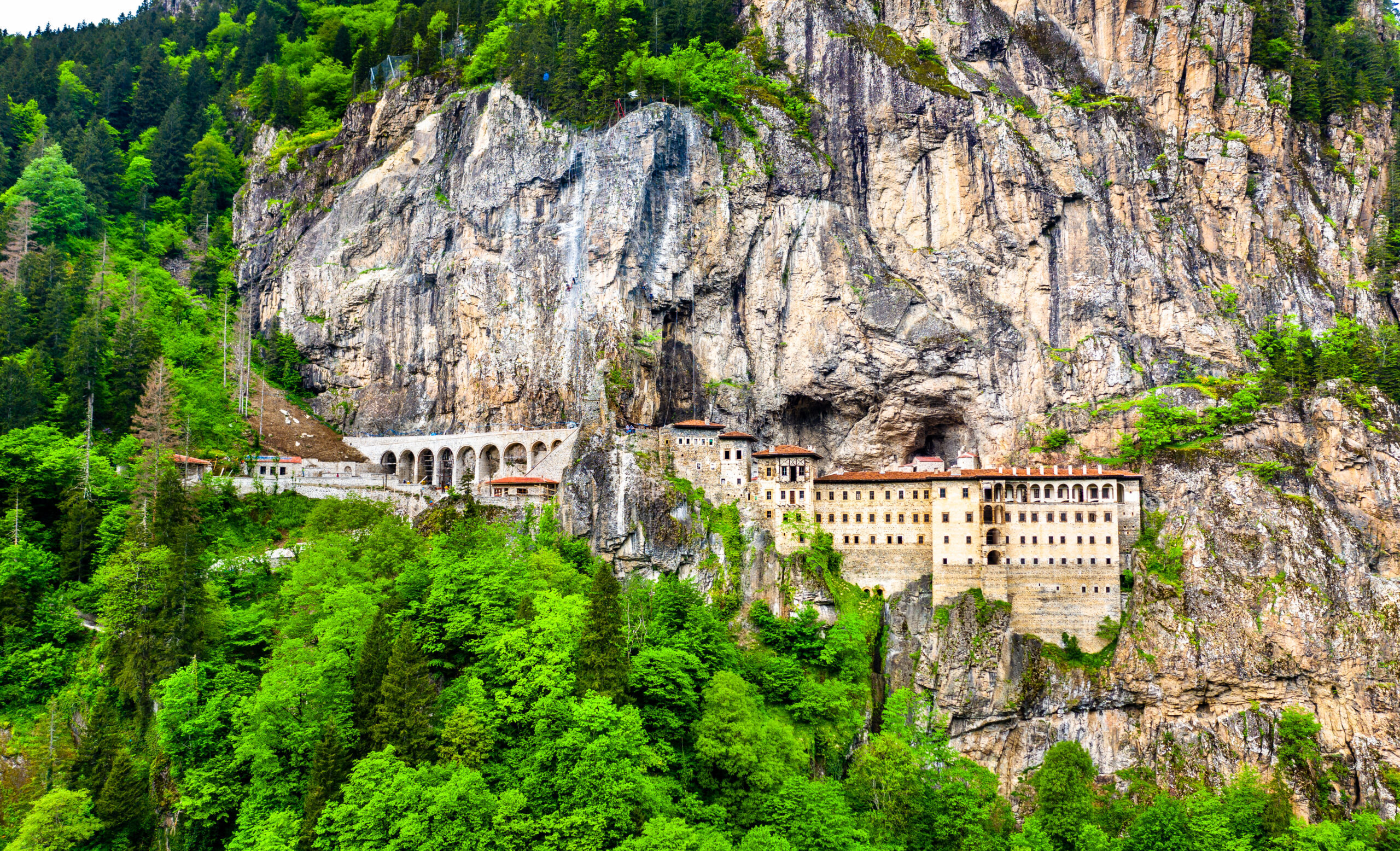Resting stones whisper tales of Ottoman compassion
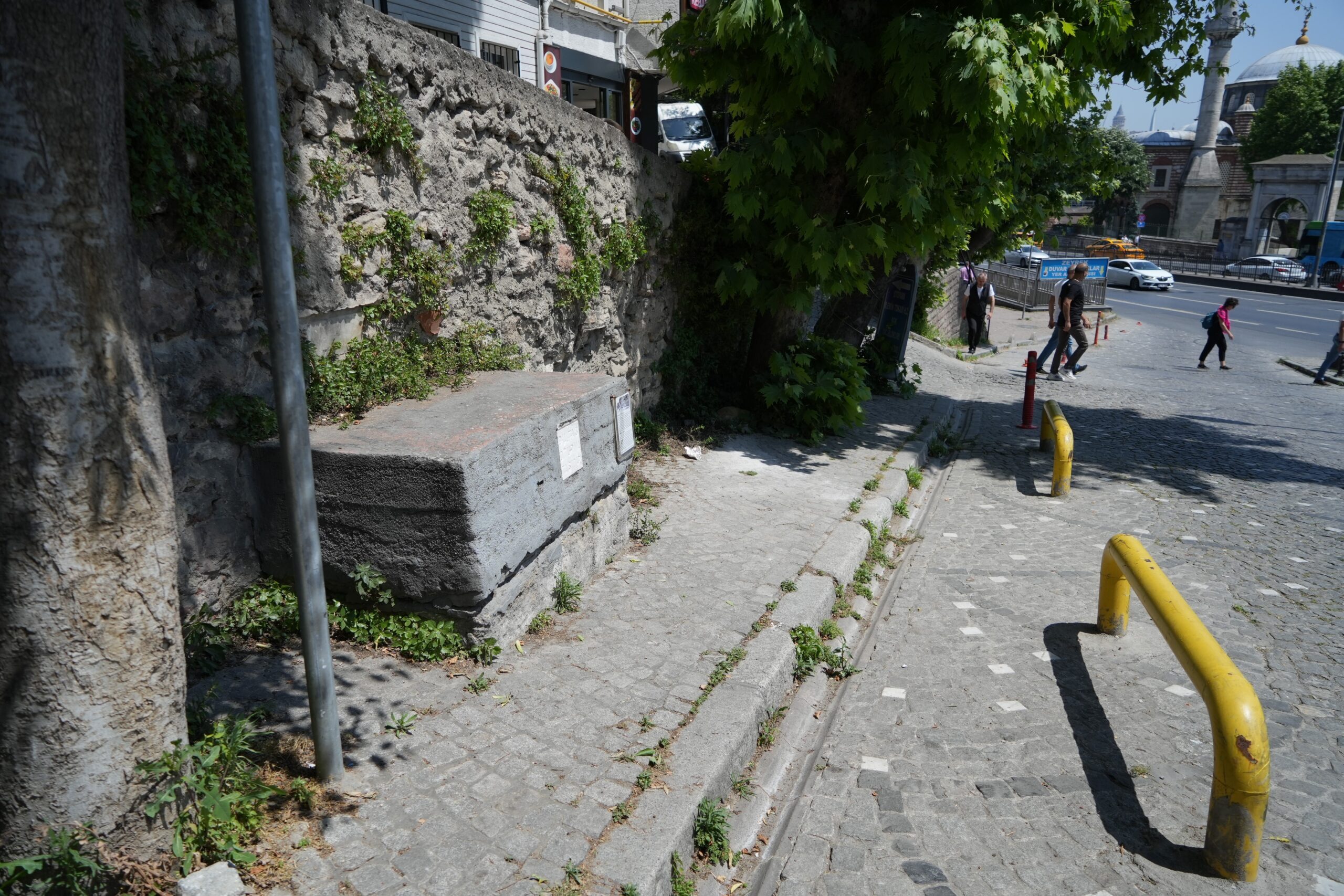 Resting stones on the streets of Istanbul were built in Ottoman times for porters to rest, in Istanbul, Türkiye, June 26, 2024 (Photo by IHA Photo)
Resting stones on the streets of Istanbul were built in Ottoman times for porters to rest, in Istanbul, Türkiye, June 26, 2024 (Photo by IHA Photo)
In the labyrinthine streets of Istanbul, unassuming yet profound relics known as “resting stones” stand as enduring testaments to Ottoman compassion.
Originally commissioned to provide respite for porters along their arduous journeys, these stones now serve as silent narrators of a bygone era, embodying a heritage of empathy and communal care.
Why were these stones placed during the Ottoman period?
During the Ottoman Empire, porters, or hamals, transported heavy loads using harnesses filled with straw.
Carrying these burdens without regular breaks, they faced immense physical strain. In response, the Ottoman state installed “resting stones” at strategic intervals along the city’s thoroughfares.
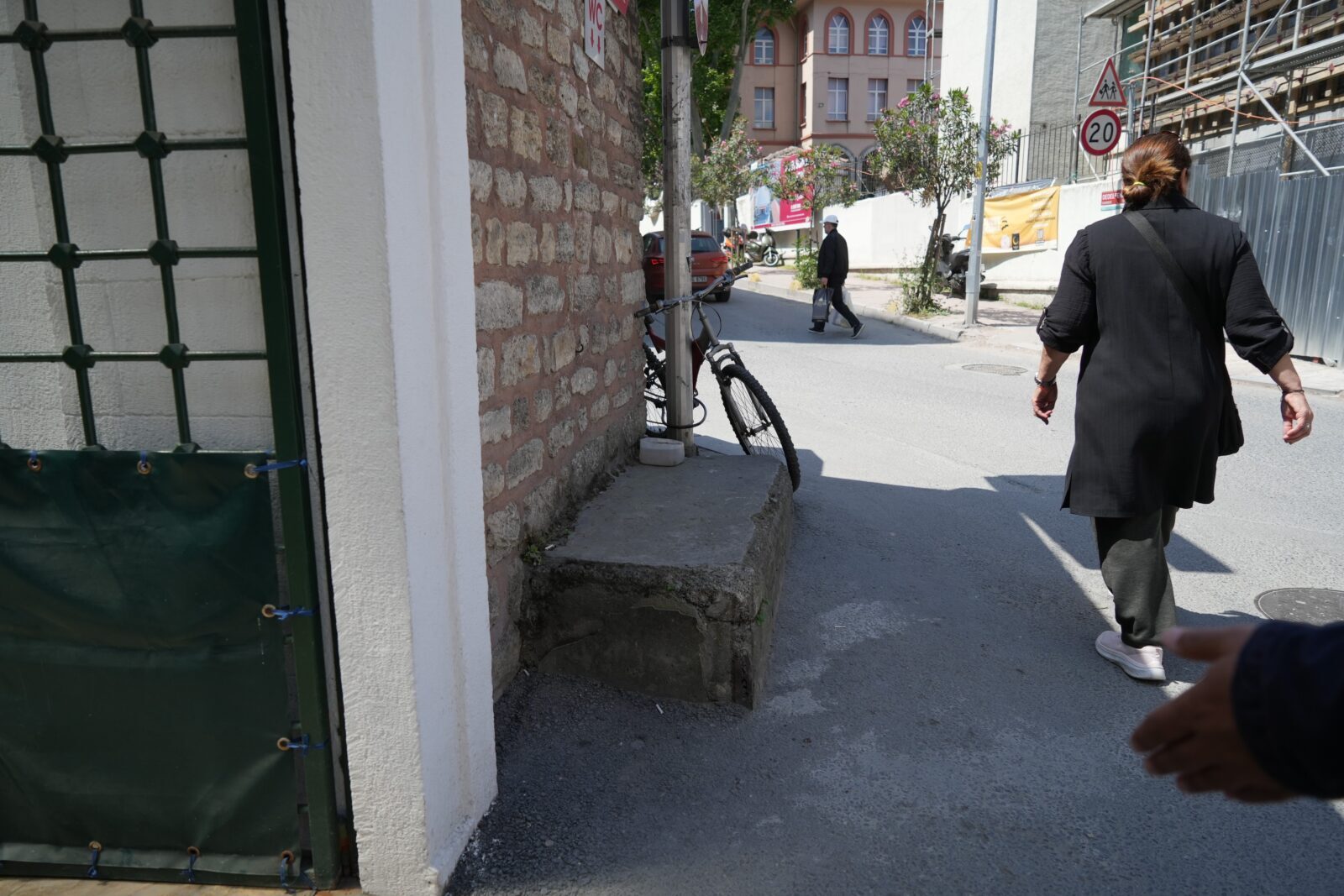
These stones, elevated approximately 70 centimeters above the ground, offered weary porters a place to briefly rest and recuperate before continuing their arduous journeys.
Beyond their functional role, these stones symbolize more than mere urban infrastructure. They embody the Ottoman ethos of compassion and communal support, reflecting a society that cared for the well-being of its laborers.
Constructed from various materials and shaped according to their location, each stone was a nod to the local context and the specific needs of the community it served.
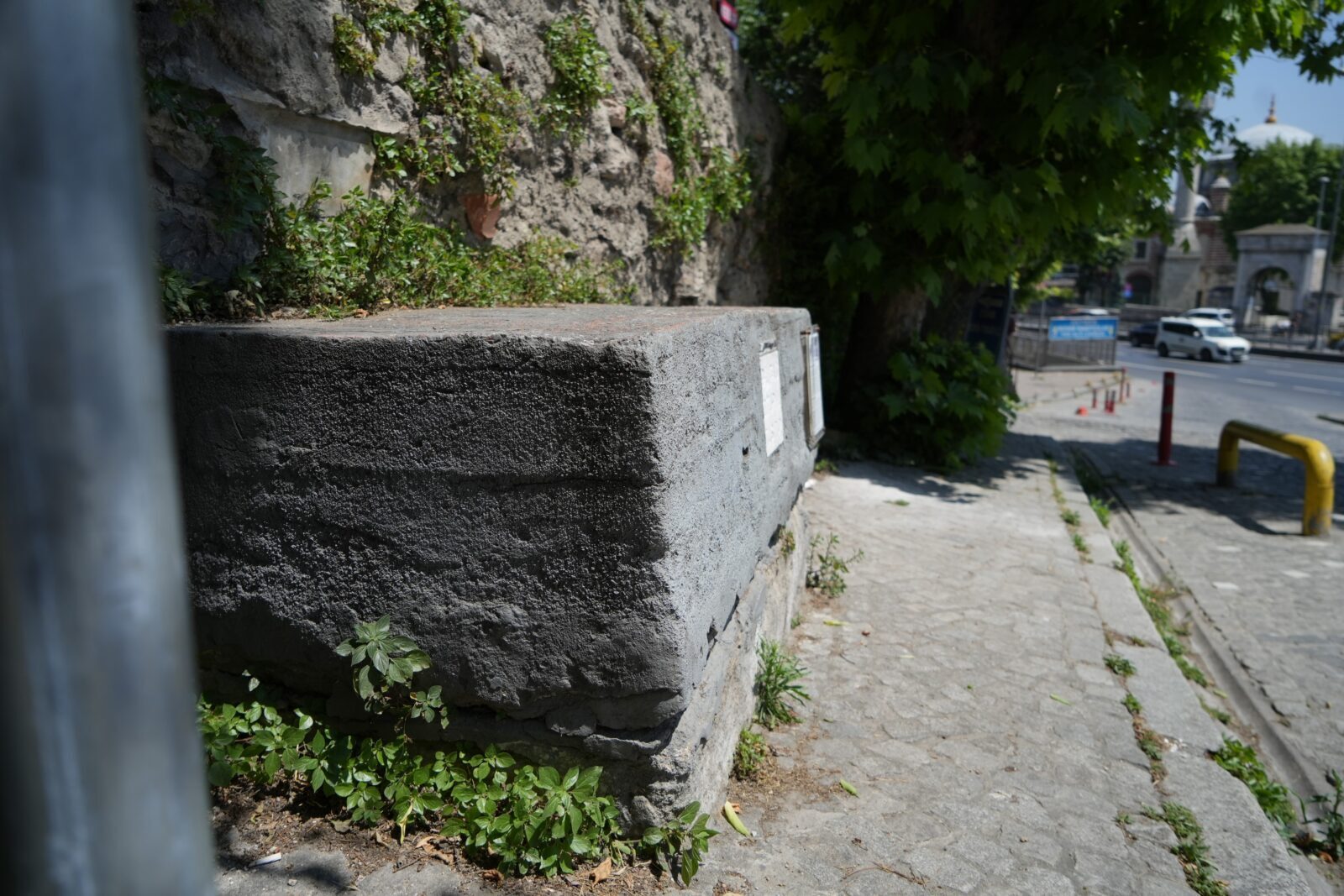
Importance of these stones today
Today, amid Istanbul’s bustling modernity, these resting stones persist as reminders of a historical era characterized by empathy and social responsibility.
Historian Zafer Bilgi aptly describes them as fragments of an open-air museum, akin to urban furniture that quietly preserves the spirit of Ottoman civilization.
Their existence prompts reflection on contemporary societal values and the potential loss of such intrinsic compassion in today’s urban planning and social fabric.
The preservation of these stones is not merely an act of historical conservation but a safeguarding of cultural memory.
They beckon current generations to reconnect with the profound values embedded in Ottoman history – values that emphasize solidarity, compassion, and the acknowledgment of human dignity amid the rigors of urban life.
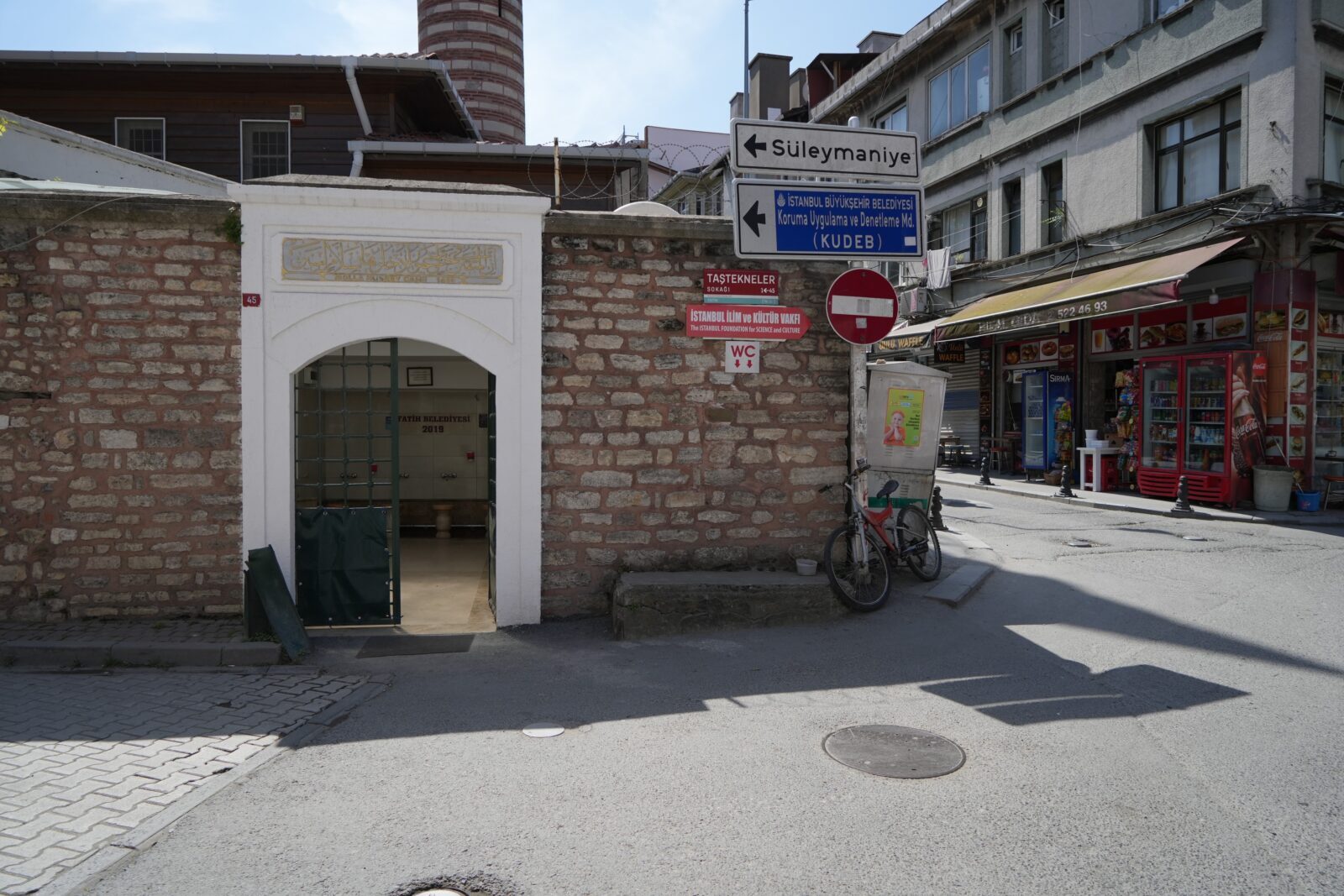
As Istanbul continues to evolve, these resting stones stand as poignant reminders of a past where compassion and consideration for others were integral to urban design.
Their presence challenges us to reevaluate our priorities and rediscover the enduring lessons of empathy from the Ottoman legacy. In doing so, we may find inspiration to forge a future where urban landscapes once again reflect and nurture the humanity within us all.

